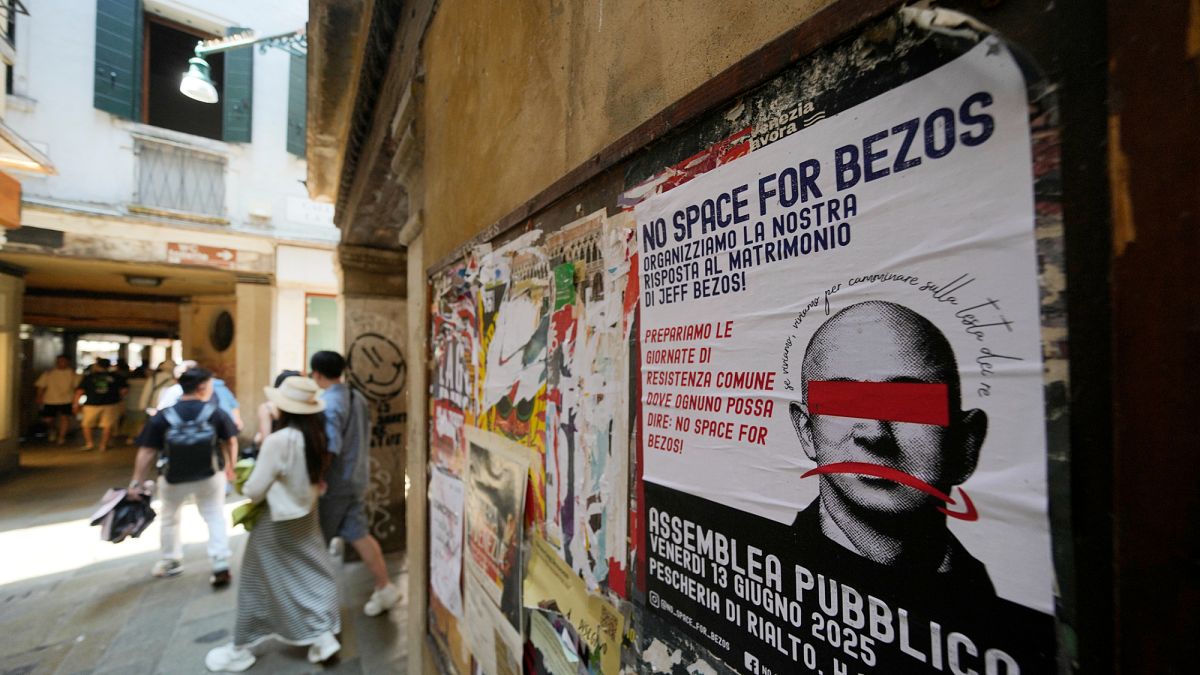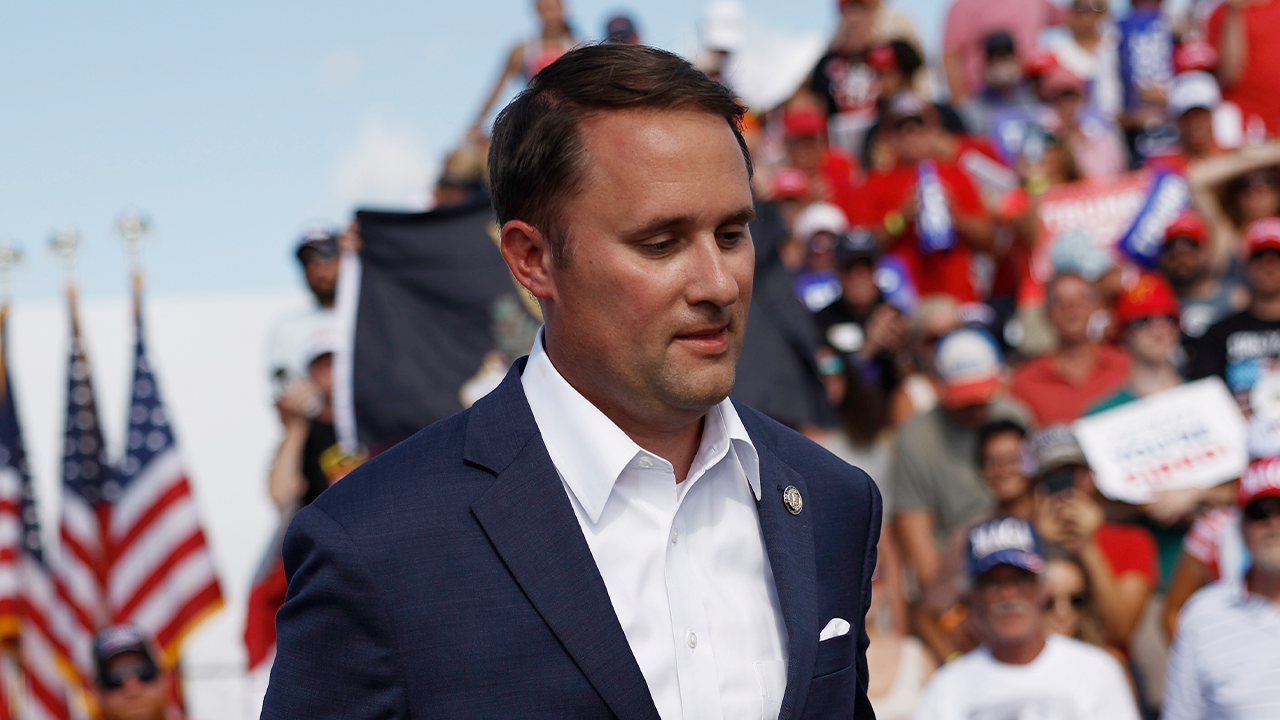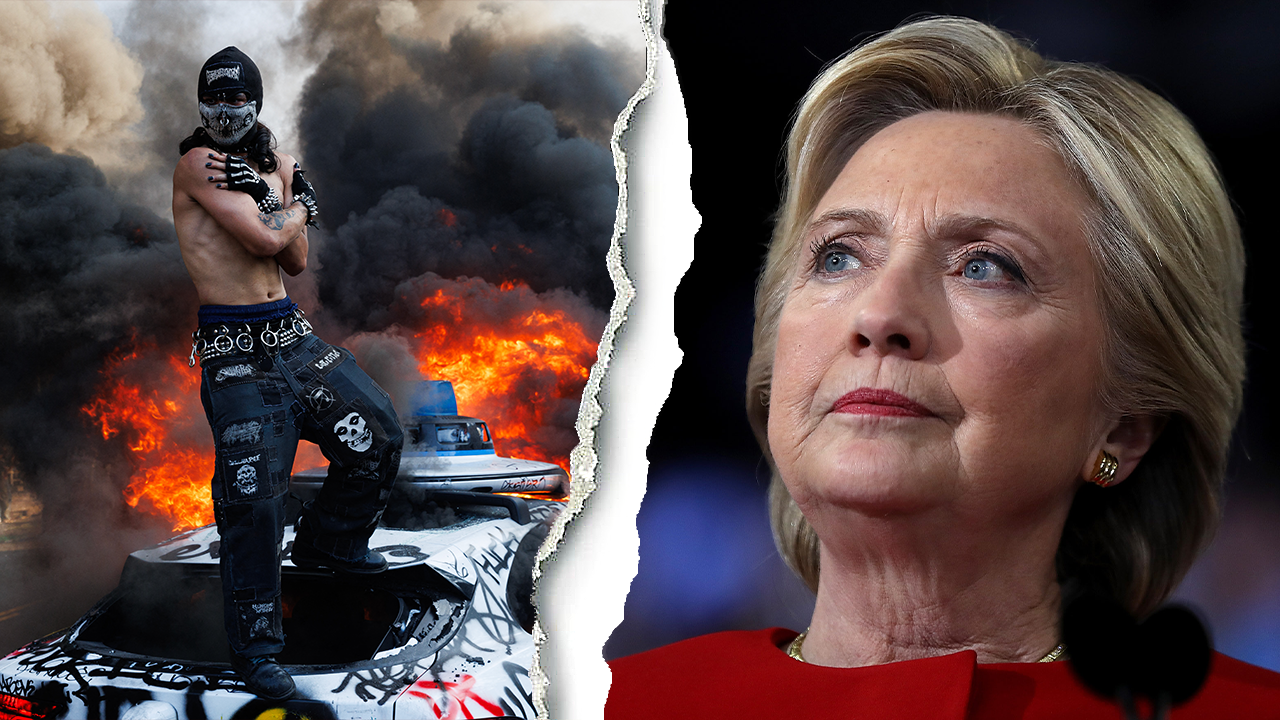Heathrow airport reopened on Saturday morning following a complete shutdown caused by an electrical outage, but airlines warned of further disruption as they restarted operations.
Thomas Woldbye, Heathrow’s chief executive, defended the airport’s contingency planning and said he was “proud” of its response to the fire caused by an electrical outage.
The airport fully reopened for flights on Saturday morning and the first aeroplanes took off just after 6am.
Heathrow said it was “open and fully operational”, but airlines had cancelled 100 of Saturday’s flights by 11.30am as they began the logistical challenge of restarting their operations with planes, crews and passengers out of place and scattered across the world.
Some airline executives were privately frustrated at the airport’s messages that it had fully recovered, given that they were still cancelling flights and dealing with stranded passengers.
British Airways, by far the largest airline operator at Heathrow, said it expected to cancel about 15 per cent of its schedule to and from Heathrow on Saturday, which would be about 90 flights.
“To recover an operation of our size after such a significant incident is extremely complex . . . it is likely that all travelling customers will experience delays as we continue to navigate the challenges posed by Friday’s power outage at the airport,” the airline said.
Heathrow was closed in the early hours of Friday after a fire at a local electricity substation in west London caused a power outage at the airport.
The airport and National Grid both face intense scrutiny over how the failure of one of the three substations could lead to Heathrow’s closure for nearly 24 hours.
Willie Walsh, the former boss of BA and a long-standing critic of Heathrow, said there had been a “clear planning failure” by the airport.
Woldbye said the airport’s backup power supplies for its critical functions including the runway lights and control tower had kicked in, but that these were not designed to power the entire airport.
“We would need a separate standby power plant on the site . . . I don’t know of an airport that has that,” he told the BBC.
“We will of course look into this and say can we learn from this, do we need a different level of resilience if we cannot trust that the grid around us is working the way it should.”
National Grid on Saturday said it was taking steps to improve resilience on its network.
The FTSE 100 company owns and operates the North Hyde substation in Hayes, west London, which caught fire late on Thursday night, triggering questions about the vulnerability of the UK’s critical infrastructure.
The cause of the fire is still being investigated but National Grid said power had now been restored to all customers.
“Power supplies have been restored to all customers connected to our North Hyde substation, including Heathrow, allowing operations to resume at the airport. We are now implementing measures to help further improve the resilience levels of our network,” it said.
On Saturday morning at Heathrow, passengers noted minimal disruption.
Dana Pane, a passenger flying home to Bologna, had arrived at the airport six hours early “just in case” of disruption, but had not seen any.
“British Airways advised to get here early, so I did,” she said. “But honestly there has been very little issue.”
Heather Moore, who landed at Heathrow just after 7am from Vietnam, said she had seen the news on Friday and feared her flight would be cancelled.
“[But] everything has been fine in the end,” she said.

About 1,300 flights were cancelled on Friday and flights already in the air were either turned around to their original airport or diverted to other hubs around Europe.
That has left airlines facing a big challenge as they restart their schedules: many of their planes, pilots and cabin crew are in the wrong places, while many staff will also be unable to work because of strict rules on rest between flights.
“All these long-haul aircraft — particularly BA’s — have ended up at airports they were never supposed to be at. If there are no crews there to pick them up, then airlines will struggle to get their aircraft moving again as normal,” said John Strickland, an aviation consultant.
“Crew will also need a day or two’s rest before they can restart, and every additional day is extra cancellations running into the days ahead. It’s a domino effect.”
Heathrow said it has added an extra 50 take-off and landing slots to its schedule, which would enable a further 10,000 passengers to travel on Saturday, if airlines can find planes and crew for them.
London’s Metropolitan Police’s counterterrorism command continued to lead enquiries into the fire at the substation, but on Friday evening the Met said they were not treating the incident as suspicious.


























